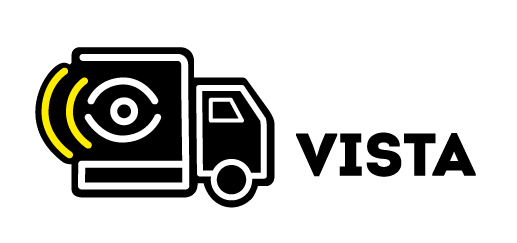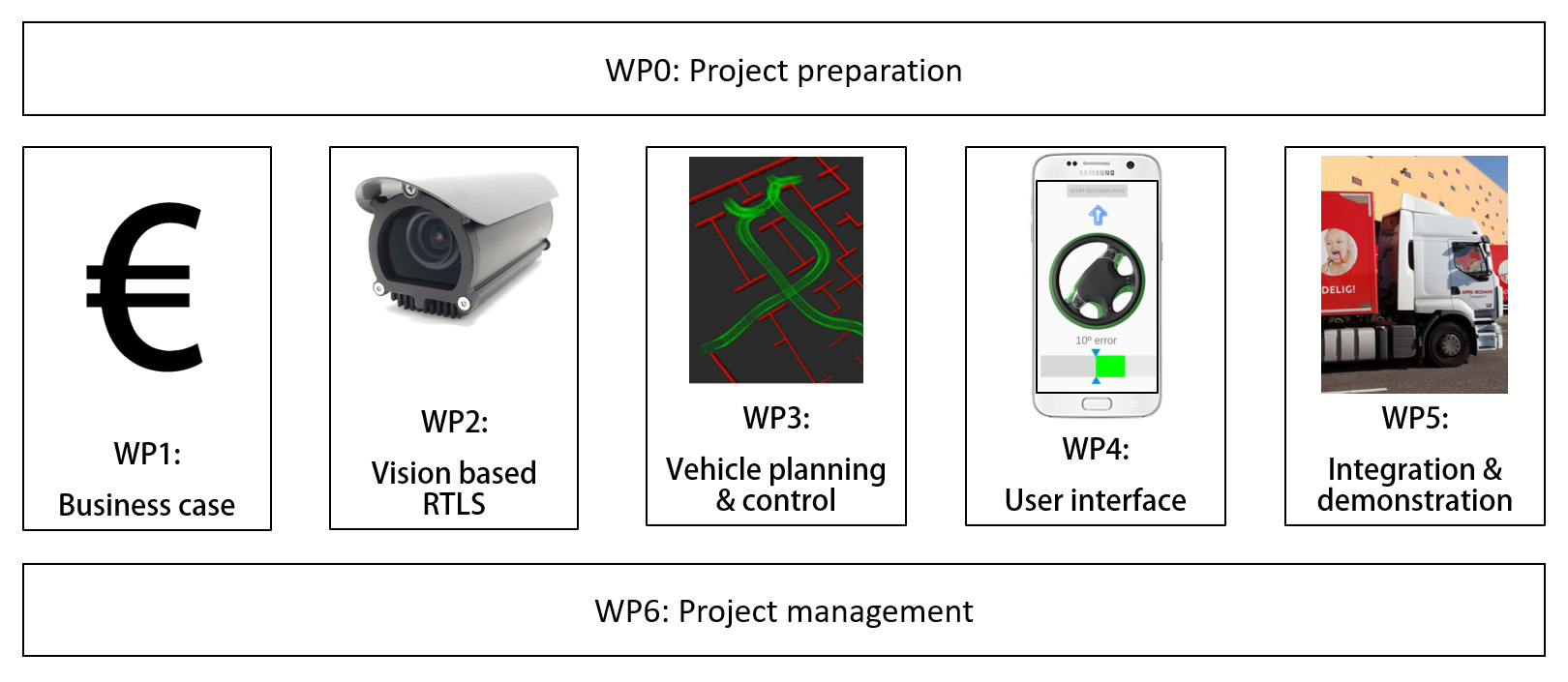Work Package 1: Business potential analysis
WP leader: Bricklog GmbH
WP deliverables: Business potential calculation tool, product-market combinations overview, spin-off potential overview
Though the general business case – preventing damage and delivering time-accurate docking – is known, cost reduction will depend on site specifics. In this work package, a more detailed analysis will take place, comparing docking processes with and without the VISTA solution. All possible benefits will be considered. This work will result in a calculation tool for distribution center owners to calculate VISTA business potential for their specific site. In parallel, future spin-off opportunities for the VISTA technology will be analyzed. Also, product-market combinations for project partners will be defined.


